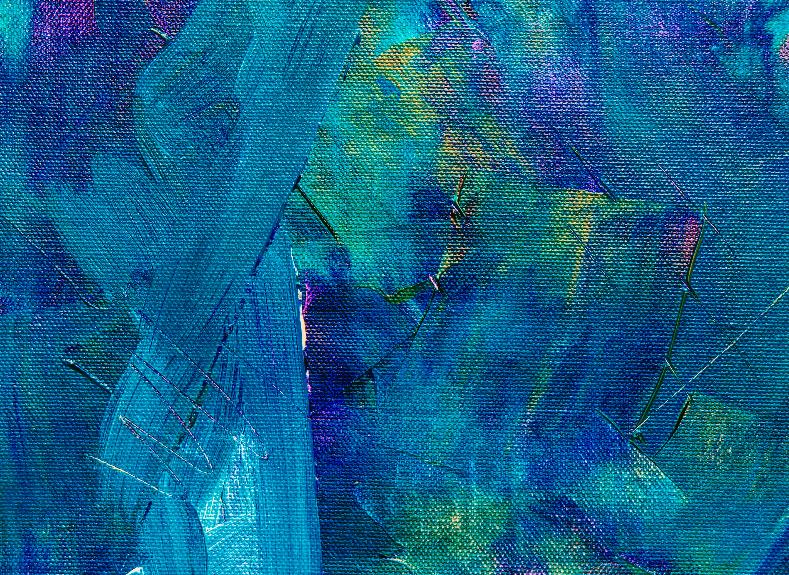No products in the cart.

You're about to embark on a journey that unveils the fascinating influence of retro-futurism on reviving 1980s aesthetics.
Step into a world where past meets future, where neon lights and pixelated graphics collide with sleek lines and metallic accents.
In this article, we'll explore the origins of retro-futurism, delve into the key elements of 1980s aesthetics, and examine its lasting impact on pop culture, fashion, and art.
Get ready to discover how the digital age has breathed new life into this iconic era.
The origins of Retro-Futurism can be traced back to the 1960s and 1970s, when artists and designers began envisioning a future that combined futuristic technology with nostalgic aesthetics.
Retro-Futurism emerged as a response to the rapid technological advancements of the time, as well as a yearning for the past. It sought to explore the tension between nostalgia and futuristic visions, blending elements from both to create a unique aesthetic.
This movement was influenced by the Space Age and the Cold War, with a focus on space exploration, advanced machinery, and sleek designs. The retro-futuristic aesthetic often featured streamlined shapes, metallic finishes, and neon colors, reminiscent of 1950s and 1960s science fiction.
It aimed to capture the optimism and excitement of the future while paying homage to the past.
To fully understand the influence of Retro-futurism on the revival of 1980s aesthetics, it's important to delve into the key elements that defined this vibrant era.
The 1980s were characterized by bold and eye-catching design choices that continue to captivate today. Here are four essential elements that contributed to the unique aesthetic of the time:
Explore how Retro-futurism's influence on 1980s aesthetics continues to shape pop culture and fashion today.
The impact of Retro-futurism can be seen in the rise of nostalgic trends that pay homage to the bold and vibrant style of the 1980s. From neon colors and geometric patterns to oversized silhouettes and statement accessories, these elements have made a comeback in contemporary fashion.
Designers have also embraced Retro-futurism by collaborating with modern designers to create collections that blend the past and the present. This fusion of old and new creates a unique aesthetic that appeals to a wide range of consumers.
Through these nostalgic trends and collaborations, Retro-futurism has become a driving force in shaping the pop culture and fashion of today, reminding us of the enduring influence of the 1980s.
Retro-futurism's influence on art can be seen in the incorporation of futuristic elements and nostalgic references in contemporary artworks. Artists are drawing inspiration from the past while imagining what the future might look like. Here are four ways in which retro-futurism has influenced art:
Artists are reimagining architectural designs by combining futuristic elements with retro aesthetics. Buildings and cityscapes are depicted with sleek lines, vibrant colors, and futuristic technology, while still maintaining a nostalgic feel.
Artists are exploring the intersection of past and future technologies in their artwork. They're creating pieces that showcase advanced technologies alongside retro-inspired gadgets and machinery, blurring the boundaries between the old and the new.
Artworks often incorporate references to past eras, such as vintage clothing, retro advertisements, and outdated technology. These nostalgic elements evoke a sense of familiarity and nostalgia while presenting them in a futuristic context.
Artists are exploring futuristic themes in their work, such as space exploration, artificial intelligence, and virtual reality. Through their art, they're imagining what the future might hold and how it could be influenced by the aesthetics of the past.
Incorporating retro-futurism into art allows artists to create visually captivating pieces that challenge our perception of time and space.
Immerse yourself in the digital age as the revival of 1980s aesthetics takes center stage. In today's world, the influence of the 80s can be seen in various aspects of our digital culture, especially in the realms of gaming and music. The popularity of retro gaming has skyrocketed in recent years, with a resurgence of classic arcade games and pixel art graphics reminiscent of the 80s era. Gamers are drawn to the nostalgic charm of these games, which provide a sense of familiarity and simplicity in contrast to the complex and realistic graphics of modern games. Similarly, the music industry has witnessed a revival of 80s-inspired sounds, with synthpop and electronic music dominating the charts. Artists like The Weeknd and Dua Lipa have incorporated retro synth sounds into their music, captivating audiences and transporting them back to the neon-lit dancefloors of the 80s. This resurgence in gaming and music not only pays homage to the past but also reflects our ongoing fascination with the bold and vibrant aesthetics of the 1980s.
| Popularity in Gaming | Resurgence in Music |
|---|---|
| Retro gaming has seen a surge in popularity, with classic arcade games and pixel art graphics reminiscent of the 80s era. | The music industry has witnessed a revival of 80s-inspired sounds, with synthpop and electronic music dominating the charts. |
| Gamers are drawn to the nostalgic charm of retro games, which provide a sense of familiarity and simplicity compared to modern games. | Artists like The Weeknd and Dua Lipa have incorporated retro synth sounds into their music, captivating audiences and transporting them back to the neon-lit dancefloors of the 80s. |
| The 80s aesthetic in gaming offers a refreshing break from the hyper-realistic graphics of contemporary games. | The resurgence of 80s-inspired music not only pays homage to the past but also reflects our ongoing fascination with the bold and vibrant aesthetics of the 1980s. |
| Retro games often evoke a sense of nostalgia and bring back fond memories for gamers who grew up in the 80s. | The popularity of 80s-inspired music showcases the timeless appeal of synthpop and electronic sounds, attracting both new and old fans alike. |
| The popularity of retro gaming is a testament to the enduring appeal of 1980s aesthetics in the digital age. | The resurgence of 80s-inspired music demonstrates the cyclical nature of trends and the influence of past eras on contemporary culture. |
Over time, the retro-futurism movement has evolved through the fusion of past and future aesthetics. Its impact on design and fashion can be seen in the incorporation of technological elements and futuristic themes in retro-inspired creations.
In the 1980s, famous artists and designers like Jean-Paul Gaultier and Keith Haring played crucial roles in shaping the aesthetics of the era. Their bold and innovative styles became influential fashion trends of the time.
Retro-futurism in the 1980s had a significant influence on music and film. It shaped fashion trends and had a profound impact on pop culture, creating a unique blend of nostalgia and futuristic elements.
Contemporary artworks that showcase retro-futurism's influence can be found in fashion, architecture, and graphic design. Exploring the resurgence of retro-futurism, these artworks analyze its impact on consumer culture and advertising trends.
The digital age has greatly influenced the revival of 1980s aesthetics. Its impact on graphic design is evident in the use of vibrant colors and geometric patterns. Additionally, the influence on fashion can be seen in the popularity of neon colors and oversized silhouettes.
